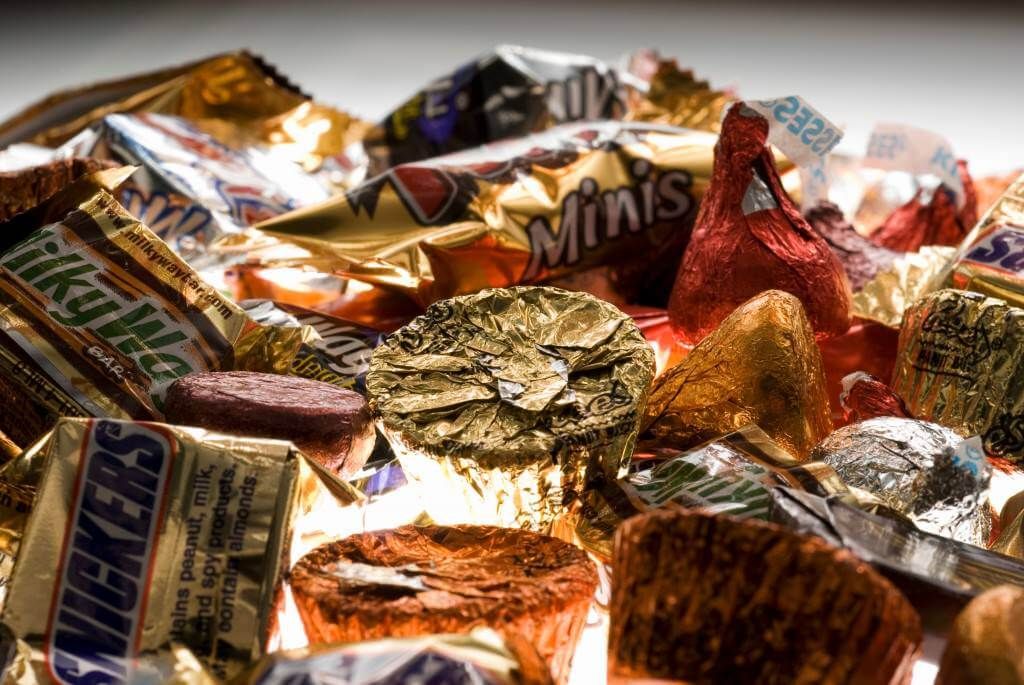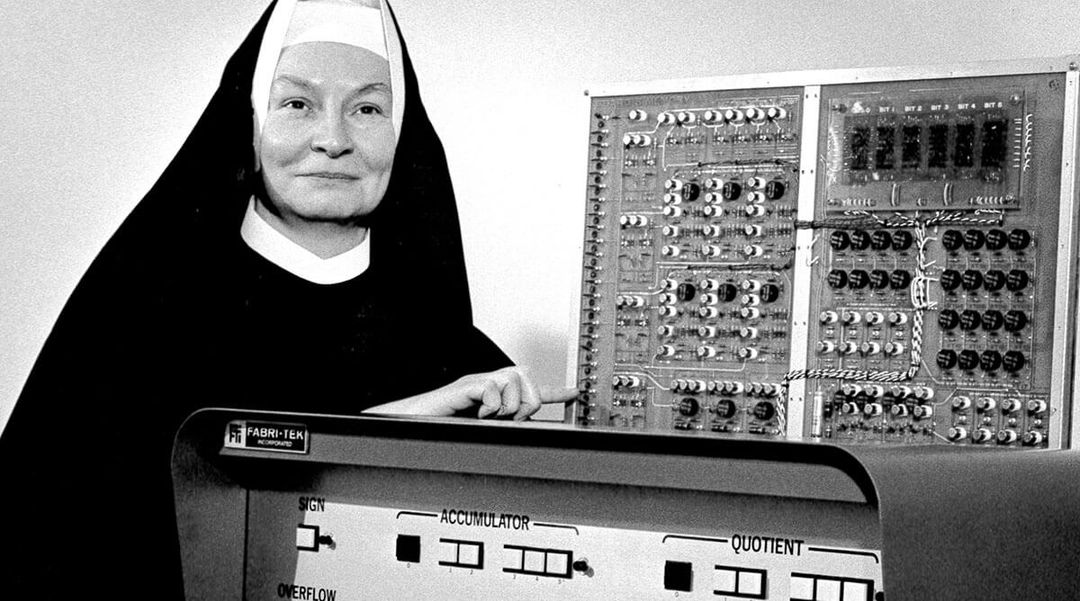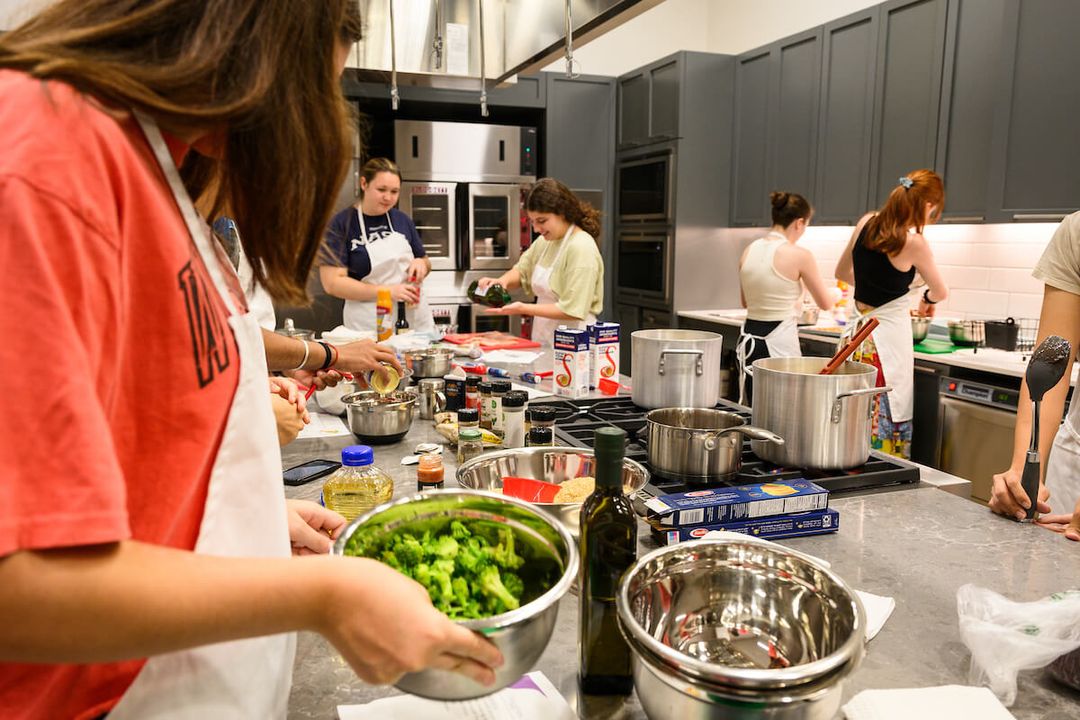Richard Hartel came to the Department of Food Science at UW–Madison in 1986 with an undergraduate degree in physics and a doctorate in agricultural engineering. At the time, he had a background only in eating candy, not in making it. However, Hartel’s expertise in sugar and crystals made him a natural choice to assist at the UW’s Candy School. “When I was young in my career, one of the faculty members put his arm around me and said, ‘Rich, you know something about sugar, so you’re going to learn about candy.’ ”
Hartel took the three-week Candy School summer course his first year at Madison and began teaching candy science classes the very next year. He has now coordinated the Candy School for more than 20 years, and his research and work within the candy industry have landed him a spot in the National Confectionery Sales Association’s Candy Hall of Fame. Hartel’s knowledge about crystals also allows him to help researchers at Babcock Hall process perfectly smooth, delicious ice cream. Candy and ice cream making are also effective methods for teaching Hartel’s students, not just members of the confectionery and dairy industry. He teaches a variety of food engineering and science classes, including FS 201 Intro to Food Science, FS 375 Candy Science and Technology, and FS 640 Phase Transitions in Foods. In these courses, Hartel proves that physics and engineering are two main ingredients for producing great textures and flavors in our favorite confections. Hopefully these candy facts will help you fully appreciate your (or your child’s) Halloween haul this year.
- Candy is, in fact, a science.
Is cooking an art or a science? Hartel says the science is inescapable. “There’s science in everything. Whether somebody applies that science when they make stuff is a different question.” And while many cooks produce great food and candy without knowing their physics and chemistry, Hartel believes that understanding the physical and chemical properties of food only enhances results. - It’s all about time and temperature.
Many of the same ingredients are used to make different types of candy. It’s the process that results in different textures, flavors, and shapes. “It’s a reaction that takes place as a function of time and temperature.” For example, caramel sauce and hard caramels have the same ingredients, but temperature and cook time result in very different water contents and textures. - You don’t need fancy equipment, but it helps.
A chef may not need a candy thermometer to make the perfect caramel. She can likely follow the proper process and rely on her senses of smell, sight, and touch. But in order for a scientist, or an amateur cook, to successfully replicate the recipe, a candy thermometer is very helpful. - Taste tests are a vital part of the scientific process.
What better way to determine how different processes result in different flavors and textures than to test it yourself? In one class period, Hartel explains his students “were tasting Sugar Daddies and we were tasting Caramellos. Very different water contents, very different textures.” - It’s not all fun and games.
After tasting a variety of candies from a given category, Hartel’s students get a chance to make them in a lab to see what effect time, temperature, proteins, lipids, and more have on the candy making process. And while tasting and making candy is a fun part of Hartel’s course, students also write lab reports to show they understand the physics and chemistry behind their creations. “My course has a reputation. It’s fun, but hard.” - The candy making industry is as sweet as its products.
Do happy people go into the candy industry or does working in the candy industry make you happy? Either way, Hartel can confirm that even people who work for rival companies are very collegial and have a good time with one another at candy conferences. - Hollywood defied physics with its floating Baby Ruth bar in Caddyshack.
Hartel ran an experiment with his daughter to find out whether a Baby Ruth bar really floats, as seen in the iconic pool scene from Caddyshack. Turns out, a Baby Ruth bar is too dense to float in pool water. A 3 Musketeers bar does, however, have enough air whipped into its filling to stay afloat. - Tootsie Rolls are not chocolates, but caramels.
You may not have tried to categorize Tootsie Rolls before, but if you think about it, they don’t seem to fit in with other types of candy. This is because they’re technically a special type of caramel, called white caramel. White caramel isn’t cooked long enough to develop the traditional caramel color and flavor. The blank, chewy slate is then flavored with cocoa powder, resulting in the classic Tootsie Roll. - Candy corn is technically a mallow cream flavored with butter, vanilla, and honey.
Candy corn is controversial due to its very sweet flavor and waxy texture. But there’s no denying its importance to the fall season and Halloween. Hartel explains all this in a chapter on candy corn in his book, Candy Bites. Bonus fact: October 30 is National Candy Corn Day. - Don’t be too quick to blame hyperactivity on sugar.
In another chapter from Candy Bites, Hartel debunks the myth of the sugar high. Multiple studies show there’s no difference in behavior between kids or adults who were given sugar or a placebo. Hartel instead jokes that “the excitement of the occasion for eating sugar (birthday party, Halloween, etc.) is the most likely cause of kids going hyper.”










